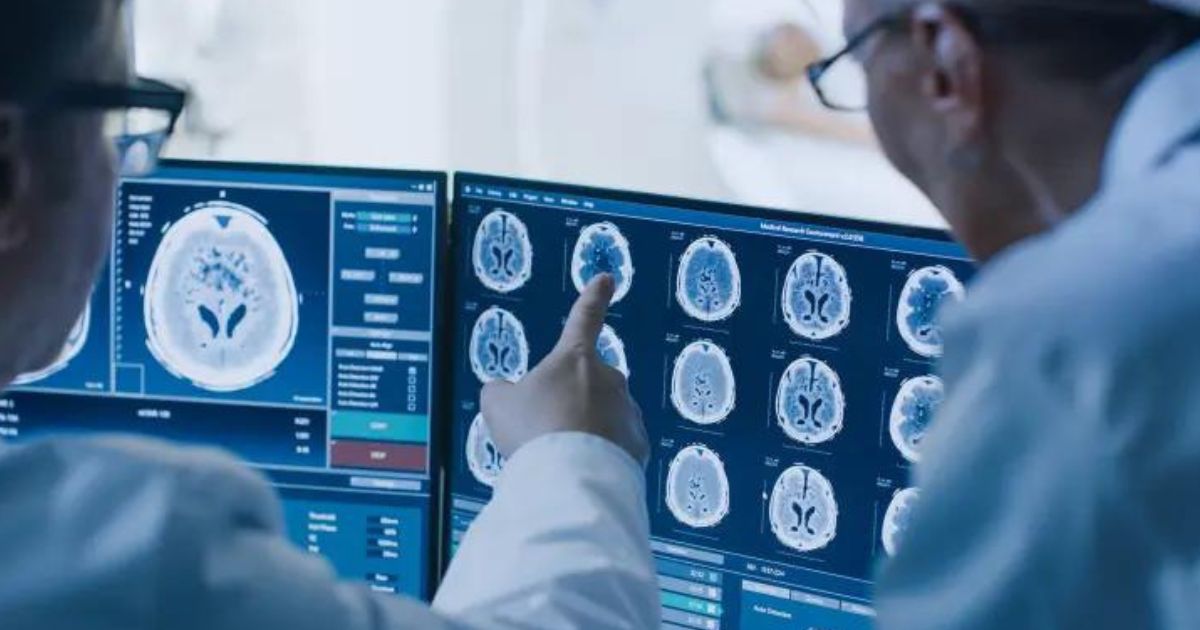A groundbreaking study published in JAMA Psychiatry sheds light on a promising treatment for PTSD, combining virtual reality (VR) exposure with low electrical brain stimulation. Conducted by researchers at Brown University, the study offers hope for individuals suffering from chronic PTSD, particularly among veterans.
PTSD affects approximately 6% of Americans, with a higher prevalence among veterans, according to the US Department of Veterans Affairs. It develops after experiencing a traumatic event, leading individuals to feel stressed or frightened even when not in danger. While psychotherapy and medications are common approaches for managing symptoms, innovative treatments are continuously being explored.
New Treatment for PTSD
In the study, researchers conducted trials among 54 US veterans diagnosed with chronic PTSD at the Providence Veterans Affairs Medical Center. Participants underwent either VR simulation alone or combined with a constant, low electrical current to the frontal lobe of the brain over a two- to three-week period.
Results showed that all participants experienced meaningful reductions in PTSD symptoms after one month. However, those who received both VR simulation and electrical brain stimulation reported a greater reduction in symptom severity. Remarkably, participants undergoing the combined treatment showed similar progress to those completing 12 weeks of VR exposure therapy, with benefits continuing to grow even after therapy cessation.
Study author Noah Philip, a professor of psychiatry and human behavior at Brown University, hailed the combined treatment as a novel approach, integrating psychotherapy, neuroscience, and brain stimulation to improve patient outcomes.
Traditional PTSD treatments often involve medication and exposure therapy, which can pose challenges for veterans. Medications may have adverse effects, while reliving trauma through exposure therapy can be distressing.
To address these challenges, the researchers utilized a standardized war zone VR simulation in their study. This approach incorporated trauma-inducing elements without replicating individual participants’ personal experiences, making it more tolerable for patients compared to traditional exposure therapy. Philip emphasized the importance of easing the burden on patients, as discussing personal trauma repeatedly can deter participation in therapy.
The study’s findings offer hope for individuals struggling with chronic PTSD, including veterans who may face barriers to traditional treatment methods. The success of combining VR exposure with low electrical brain stimulation highlights the potential for innovative approaches in mental health care.
As researchers continue to explore alternative treatments for PTSD, including those involving substances like “magic mushrooms,” MDMA, and dietary interventions, optimism grows regarding the possibilities for improved outcomes and enhanced quality of life for individuals affected by this debilitating condition.
The study’s publication in JAMA Psychiatry marks a significant advancement in understanding and addressing PTSD, signaling a new frontier in mental health treatment.








Leave a Reply
You must be logged in to post a comment.